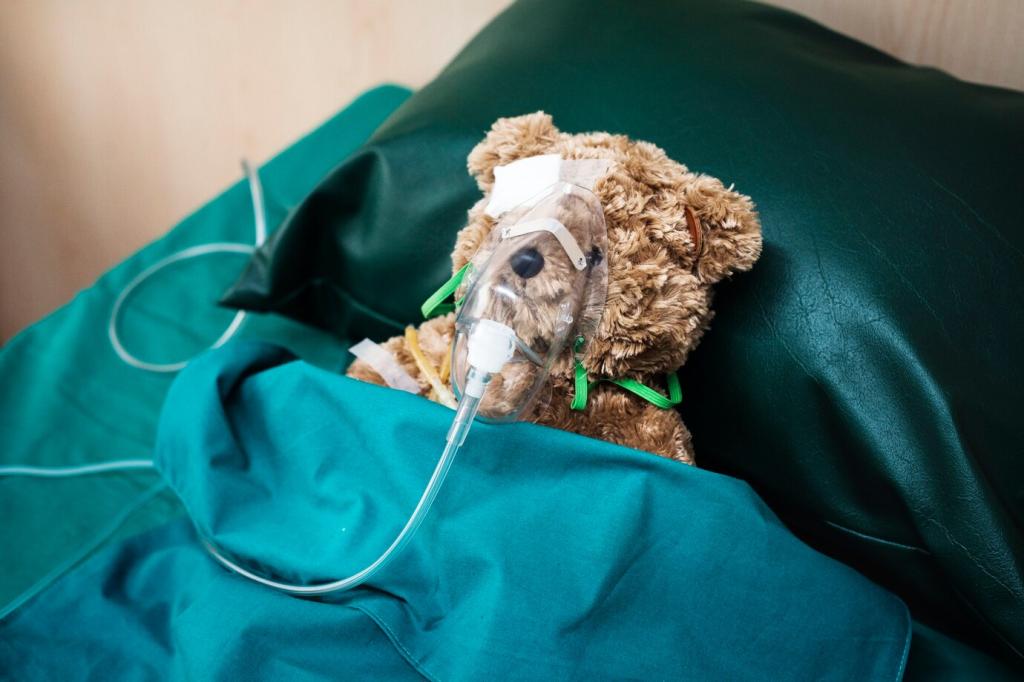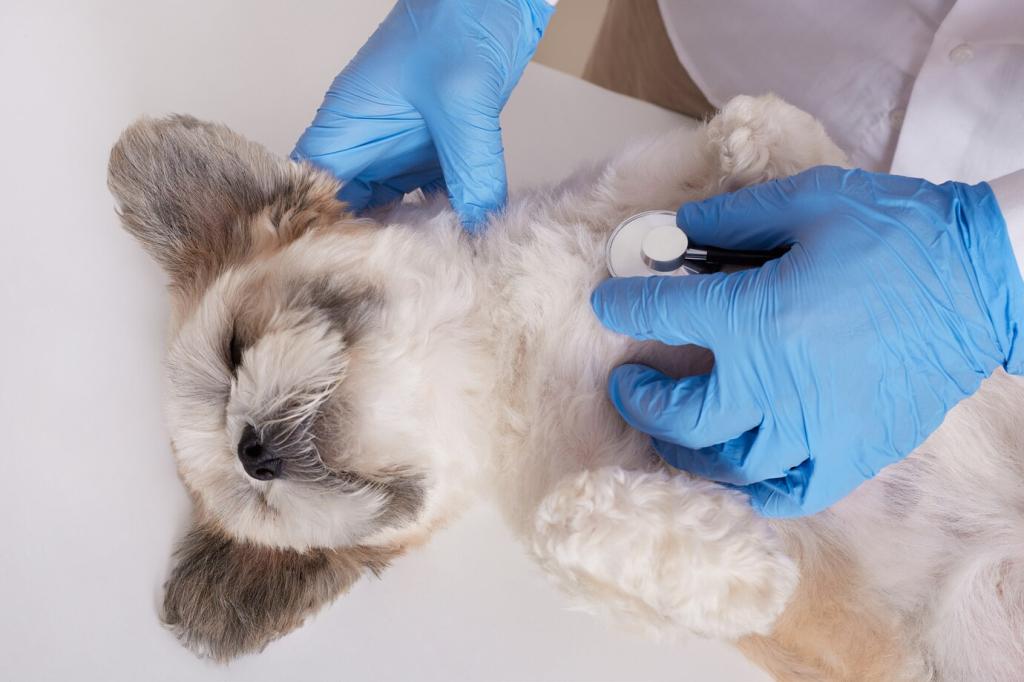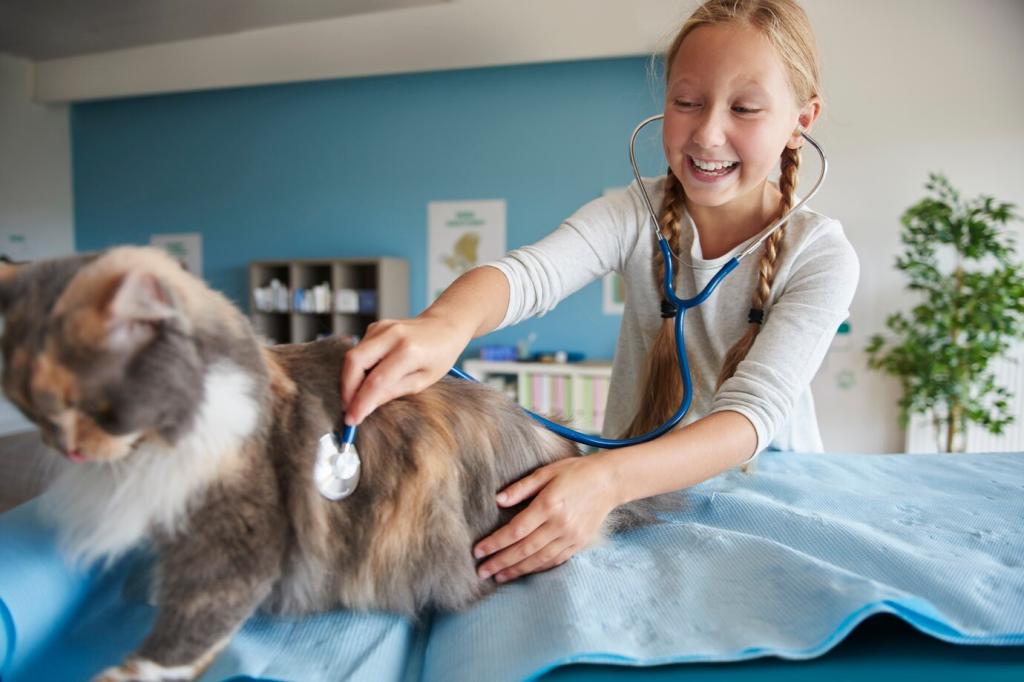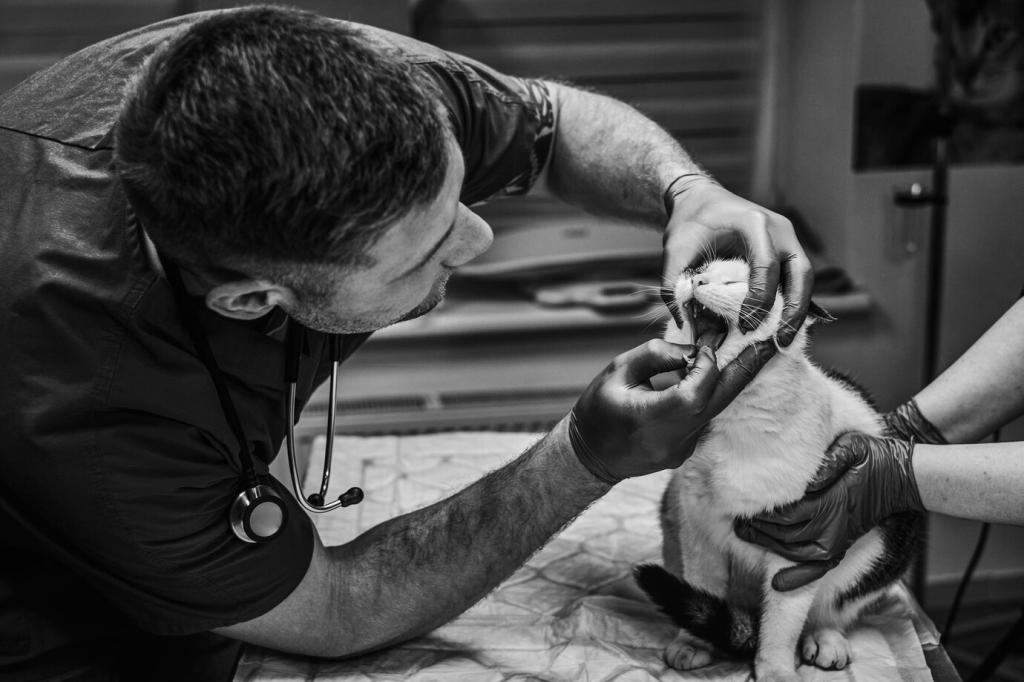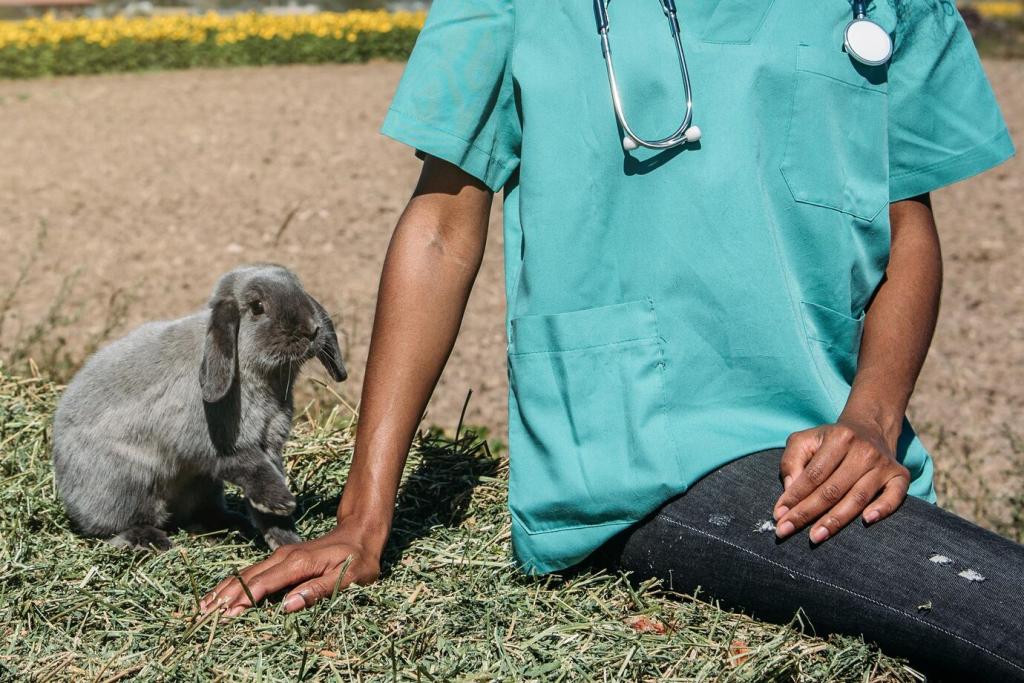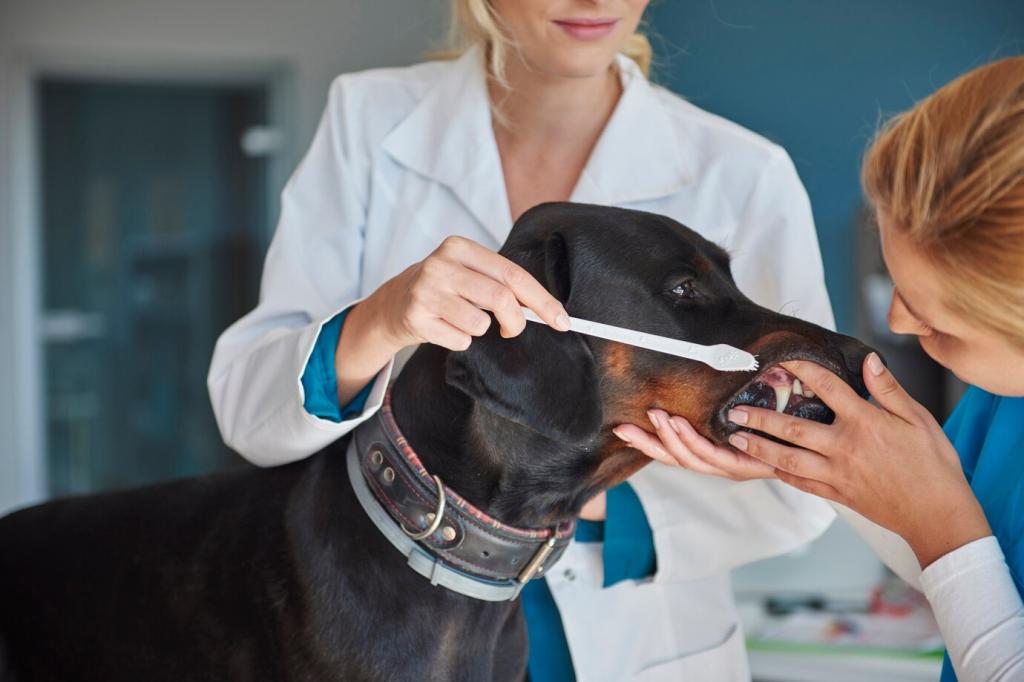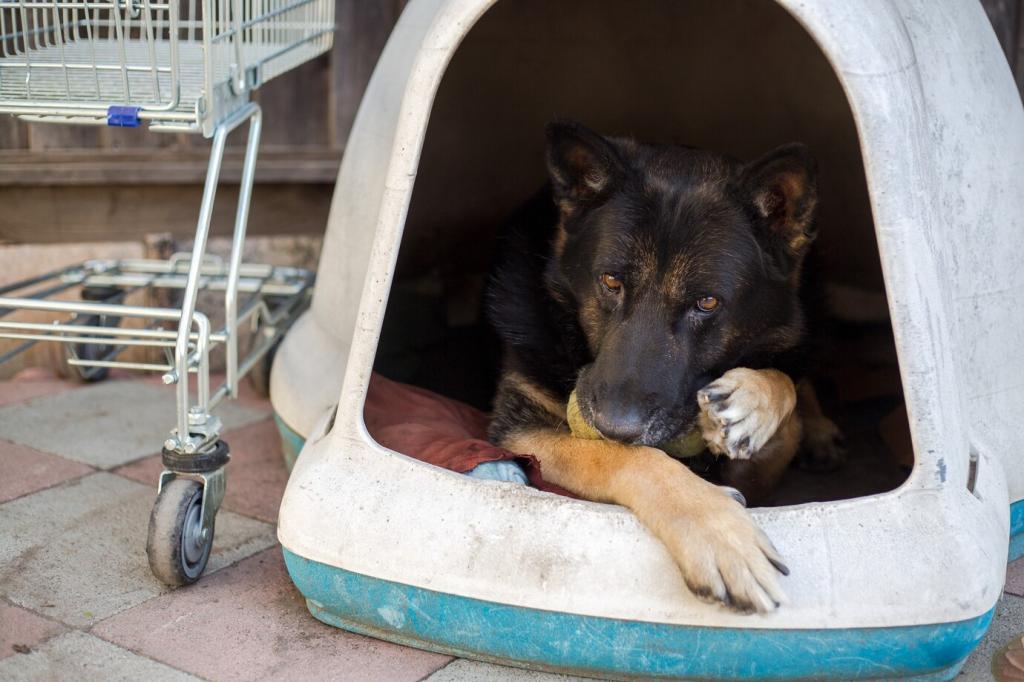Rescue Breathing: Mouth-to-Snout Technique
Close the mouth, seal your lips around the nostrils, and give two slow breaths to start, watching for gentle chest rise. During ongoing CPR, provide two breaths after every thirty compressions, or about ten breaths per minute if a helper can maintain a steady rhythm.
Rescue Breathing: Mouth-to-Snout Technique
For tiny dogs and cats, use smaller breaths—just enough to see the chest rise. For flat-faced breeds, ensure a tight seal over the nose and keep the mouth firmly closed. Reposition the head or re-clear the airway if the chest does not rise consistently.
Rescue Breathing: Mouth-to-Snout Technique
A visible chest rise, improved gum color, and a more regular chest recoil suggest effective breaths. If resistance increases, reassess the airway for fluid or blockage. Share your questions about ventilation in the comments so we can create tailored practice drills.
Rescue Breathing: Mouth-to-Snout Technique
Lorem ipsum dolor sit amet, consectetur adipiscing elit. Ut elit tellus, luctus nec ullamcorper mattis, pulvinar dapibus leo.

